
The South African Air Force (SAAF), once a formidable aerial force on the African continent, has seen a steady decline over the past three decades. This decline has been attributed to several key factors, including financial mismanagement, political interference, and policies such as Black Economic Empowerment (BEE), which have prioritized racial quotas over technical expertise. The result has been a near-collapse of operational readiness, with large portions of the fleet grounded due to maintenance failures, a shortage of skilled personnel, and systemic misgovernance.
This article provides an in-depth analysis of the downfall of the SAAF, exploring its historical strength, the policy-driven deterioration, and the current state of South Africa’s aerial defense capabilities. ________________________________

A Legacy of Strength: The SAAF Before 1994
The South African Air Force, established in 1920, is one of the oldest air forces in the world. It played a significant role in World War II, the Korean War, and later, the Cold War-era conflicts in southern Africa. During the apartheid era, the SAAF was considered one of the most advanced air forces in the developing world, possessing state-of-the-art aircraft and a highly trained cadre of pilots, engineers, and technical staff.
At its peak, the SAAF operated a formidable fleet, including:
Mirage and Cheetah fighter jets, designed in cooperation with European and Israeli defense firms.
A strong helicopter fleet, including the locally produced Rooivalk attack helicopter.
Advanced reconnaissance and transport aircraft used in both military and humanitarian operations.
The air force was feared and respected across the continent, playing a crucial role in border security and counterinsurgency operations.
________________________________
Post-1994: Transformation and Decline
With the transition to a democratic South Africa in 1994, the country underwent a significant transformation in its governance and military structures. While these changes were aimed at correcting past inequalities, they also led to the steady erosion of military capabilities, particularly within the SAAF.
1. Black Economic Empowerment (BEE) and Racial Quotas
One of the most damaging policies affecting the SAAF has been the aggressive implementation of BEE and Affirmative Action (AA). While the intention behind these policies was to increase representation of historically disadvantaged groups, their implementation often led to the hiring and promotion of individuals based on race rather than merit or experience.
Skills Drain: Many highly trained, experienced pilots, engineers, and technicians—many of whom were white—left the SAAF due to concerns over career stagnation and political interference. Inexperienced Replacements: Skilled personnel were replaced with individuals who often lacked the necessary experience to maintain or operate advanced aircraft effectively.
Mismanagement: The prioritization of racial quotas over operational efficiency meant that maintenance schedules were neglected, training programs suffered, and crucial knowledge was lost.
A 2018 report from the South African National Defence Force (SANDF) found that many of the senior personnel appointed under BEE had little to no aviation experience, leading to operational inefficiencies and increased safety risks.

2. Budget Cuts and Financial Mismanagement
Compounding the issue of skill shortages was the severe underfunding of the air force. The South African government has consistently reduced the defense budget, with the Department of Defence warning repeatedly that the SAAF is "no longer a viable air force."
Aircraft Groundings: Due to budget cuts, maintenance contracts were not renewed, and spare parts became scarce. By 2023, over 85% of the SAAF’s aircraft were grounded.
Fuel Shortages: Reports emerged that even when aircraft were available, they could not fly due to a lack of fuel allocations. Poor Procurement Practices: Instead of investing in the maintenance of existing aircraft, the government spent billions on unnecessary acquisitions, including the infamous 1999 Arms Deal, which was marred by allegations of corruption.
3. The Gripen and Hawk Disaster In the early 2000s, the SAAF acquired a fleet of JAS 39 Gripen fighter jets from Sweden and BAE Hawk trainer aircraft from the UK. While these aircraft were cutting-edge at the time, they quickly became unusable due to a lack of maintenance and pilot training.

By 2023:
Only 3 out of 26 Gripens were operational. The majority of Hawk trainers were grounded due to engine failures. The remaining aircraft suffered from a lack of trained pilots, as flight hours were drastically cut.
This meant that South Africa effectively no longer had a functioning air superiority capability.
4. Rooivalk and the Failure of Local Industry
The Denel Rooivalk attack helicopter, once a symbol of South Africa’s defense industry, has suffered a similar fate.
Only three out of 12 Rooivalks remain in service due to a lack of spare parts.
Denel, the state-owned arms manufacturer responsible for producing and maintaining the Rooivalk, has been crippled by corruption and mismanagement.
The inability to develop or acquire new helicopters has left the SAAF without a dedicated attack helicopter fleet.
________________________________

SAAF Aircraft Crashes Since 1994
As the air force’s capabilities declined, so did its safety record. Several aircraft accidents over the years have highlighted maintenance failures, a lack of experienced personnel, and overall mismanagement:
May 6, 1994: A Douglas C-47A suffered engine failure and crashed near Bloemspruit. Both pilots survived, but the aircraft was written off. January 15, 2008: A Pilatus PC-7 Mk II crashed after takeoff from Overberg Air Force Base, killing Lt. Col. Chris Meiring. The cause was linked to structural failure.
December 5, 2012: A Douglas C-47TP crashed in the Drakensberg Mountains, killing all 11 occupants. Pilot error was cited as the primary cause.
November 22, 2023: A CASA C212 transport aircraft suffered damage during a crash landing at the SA Army Combat Training Centre in Lohatlha.
Many records of SAAF crashes have been removed from the internet, likely to preserve the government's image. However, a more comprehensive search using the Wayback Machine or archived aviation safety databases may reveal additional crash reports that have been erased from public access.
The increasing frequency of crashes, especially in recent years, highlights the impact of poor maintenance and dwindling pilot expertise within the SAAF.
________________________________
The Current State of the SAAF (2024)
The South African Air Force is now in a state of near-total collapse.
Key indicators of its decline include:
Fighter Fleet: Virtually non-existent due to grounded Gripens.
Transport Fleet: The aging C-130 Hercules fleet is barely operational.
Helicopter Fleet: The few available helicopters are mostly used for ceremonial purposes or humanitarian aid.
Pilot Shortages: A lack of training and flight hours means new pilots are not being properly developed.
Former SAAF officers have publicly stated that South Africa can no longer defend its airspace and is entirely reliant on external partners for aerial security.
________________________________
A Force in Name Only
The South African Air Force has transitioned from being one of the most respected aerial forces on the continent to a hollow shell of its former self. While political policies such as Black Economic Empowerment were intended to address historical injustices, their rigid application has led to a catastrophic loss of skills, widespread mismanagement, and the practical collapse of military readiness.
Unless there is a dramatic shift in policy, including:
A merit-based approach to hiring and promotion.
Increased defense funding for maintenance and training.
A return to strategic procurement rather than politically motivated acquisitions.
…the SAAF will remain a force in name only, incapable of protecting South Africa’s sovereignty or contributing meaningfully to international peacekeeping efforts.
For now, South Africa’s skies remain undefended, and its air force—once a powerhouse—has been grounded by politics, corruption, Black Economic empowerment (DEI) and neglect.
Conclusion: Merit Over Politics—Restoring the SAAF
The South African Air Force (SAAF) and South African Airways (SAA) have been brought to the brink of collapse by policies that prioritize political ideology over operational effectiveness. The rigid enforcement of racial quotas and political appointments has crippled once-powerful institutions, leading to a severe loss of skills, chronic mismanagement, and a deterioration of critical services. The SAAF, once a formidable aerial force, is now barely operational, unable to defend the nation’s airspace. Similarly, SAA, once a leading airline in Africa, has faced repeated financial bailouts, misgovernance, and operational failures.
Both institutions exemplify the dangers of placing politics above competence. Without an urgent shift to merit-based hiring and leadership, South Africa will continue to see the destruction of its key industries, putting national security and economic stability at grave risk.
It is time to end this destructive agenda. Merit, competence, and experience must take precedence over identity politics if South Africa is to restore its military strength and safeguard its sovereignty. Political interference and racial favoritism have no place in critical sectors like defense, where lives depend on expertise and operational readiness.
The ongoing decline of the SAAF is not an accident—it is the result of deliberate policies that prioritize ideology over capability. If South Africa does not reverse course and reinstate a merit-based system in its defense forces, the destruction will be complete. The future of national security depends on the leadership’s willingness to acknowledge these failures and take decisive action to restore excellence, discipline, and professionalism in the armed forces.


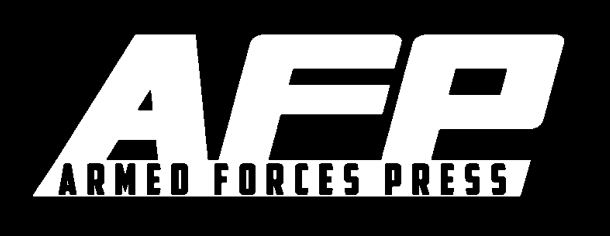







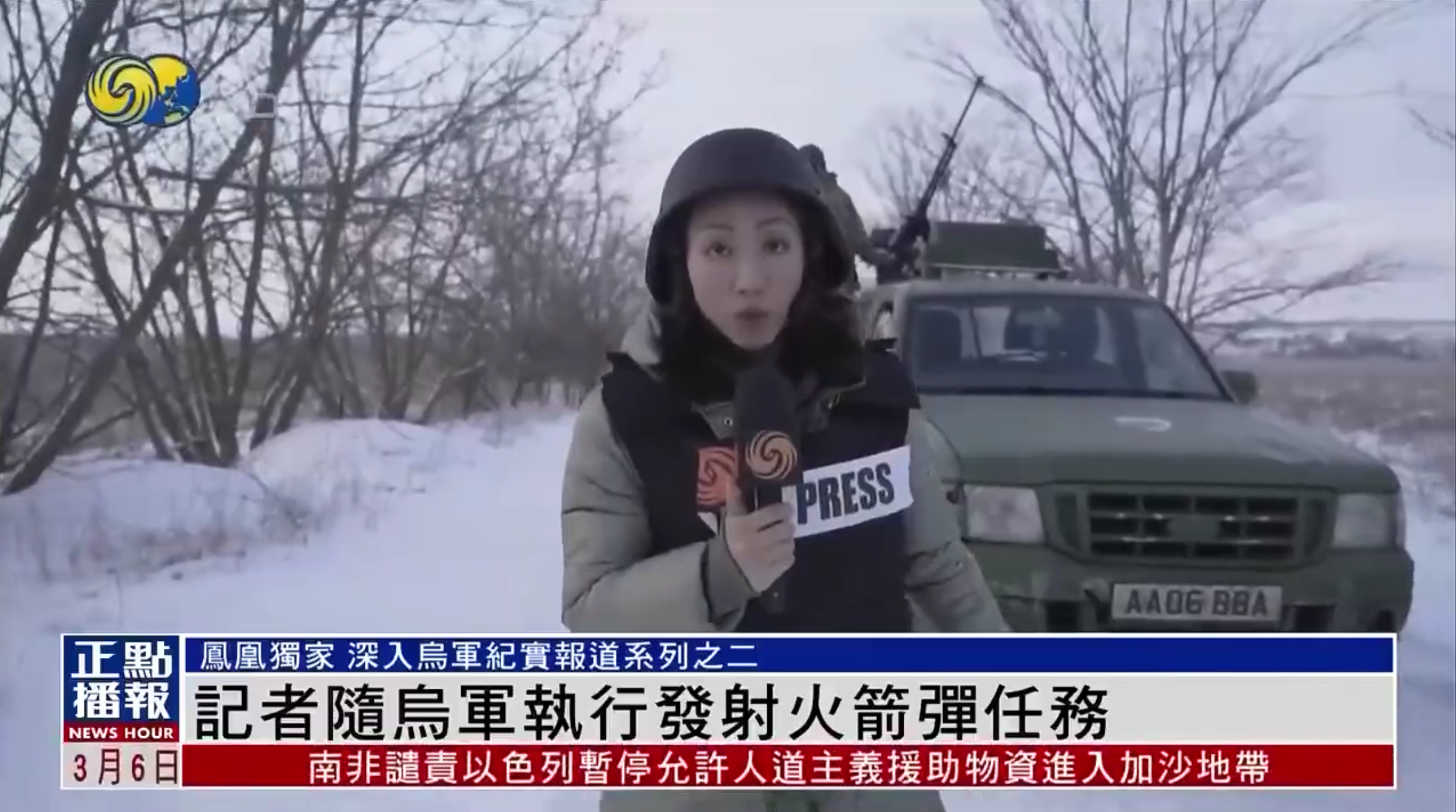
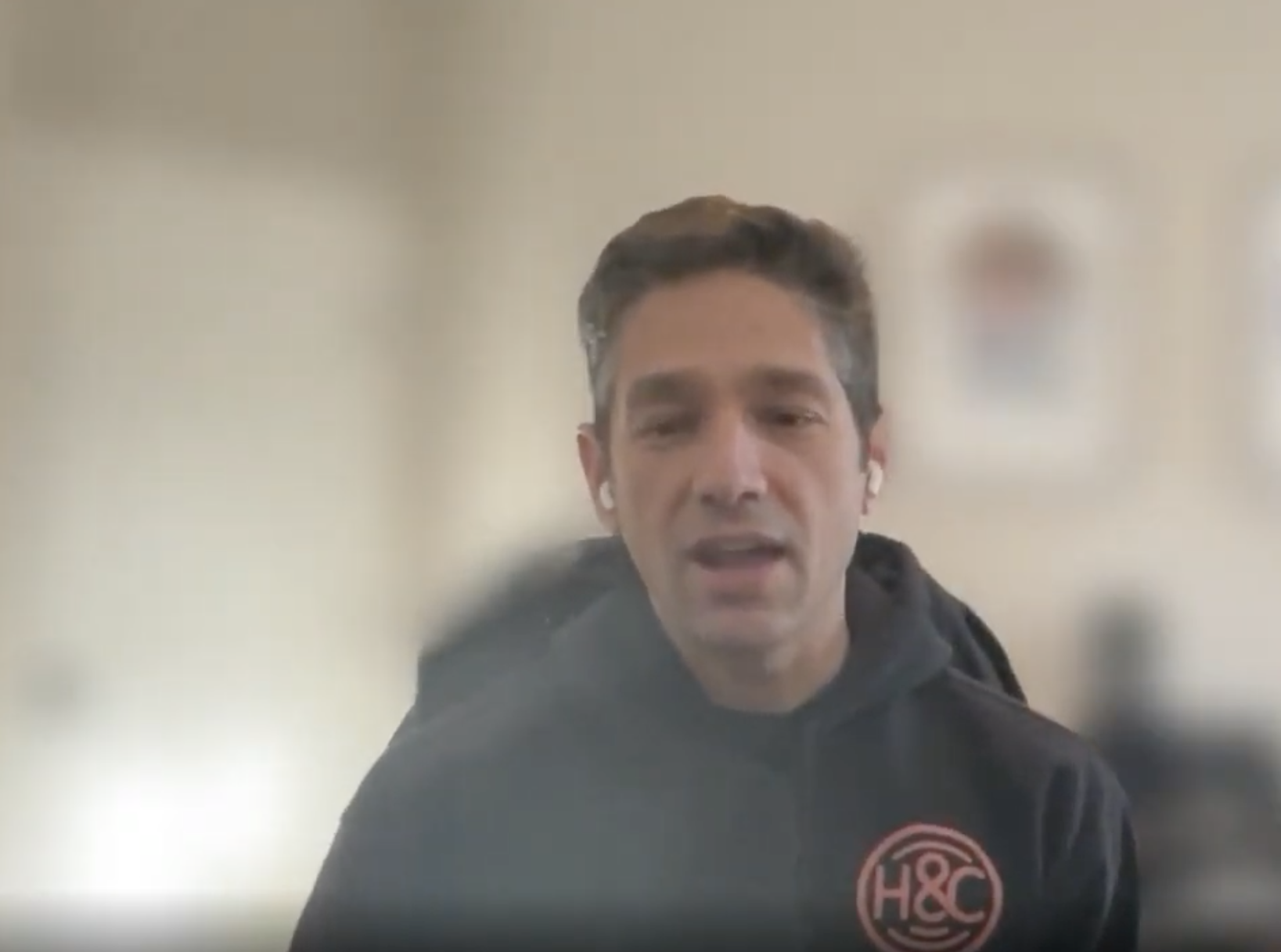
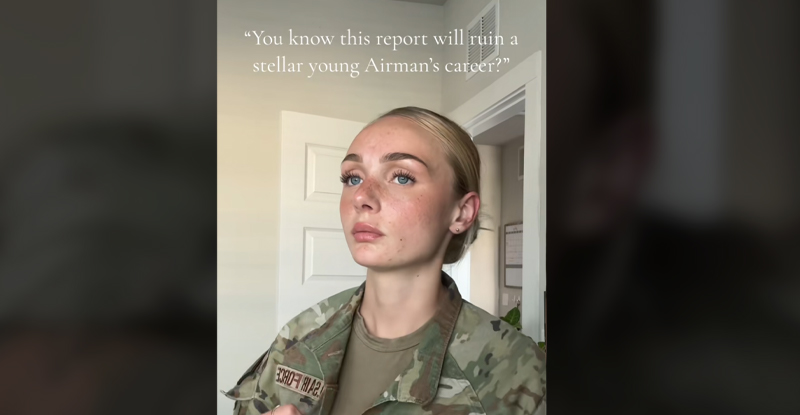
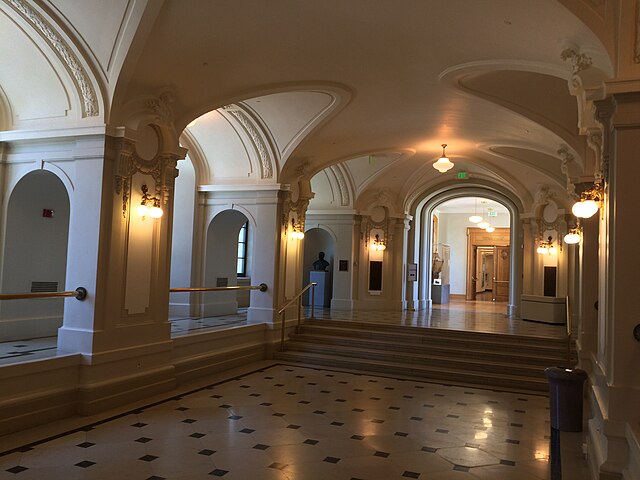



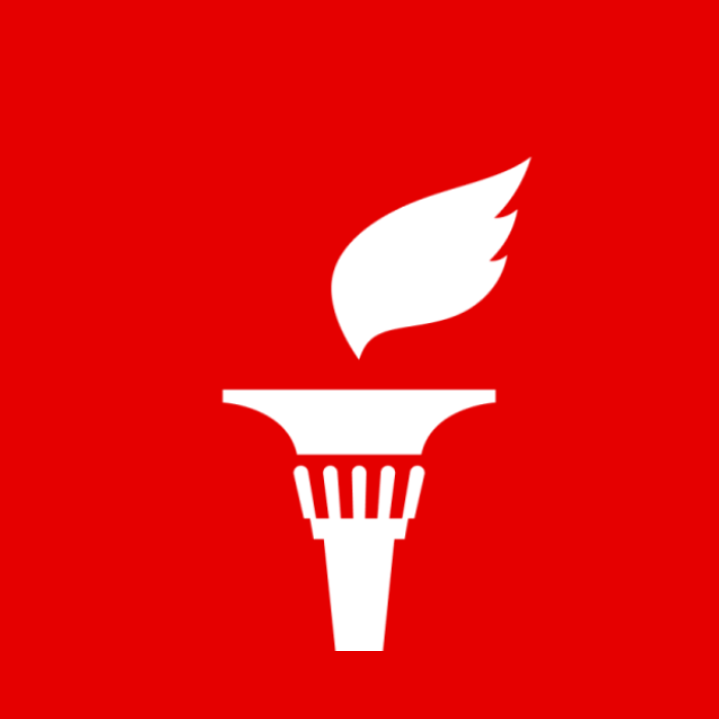







And yet, there are people who insist that te crashes are the product of rcism, misogyny and so forth. The indisputable fact is that putting someoe with little education, minimal training and no reliable support in the pilot's seat is certain to end in disaster.
You can't legislate or command excellence. It's innate and talent and track record based.
Blacks by our manifest destinies have to take cue from technical know-how of the white.
If we want to force issues, then you get silliness, incompetence, genocide, silliness, thin gods.